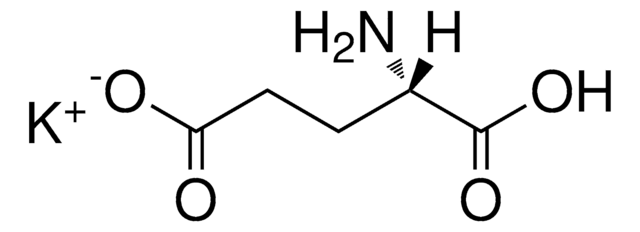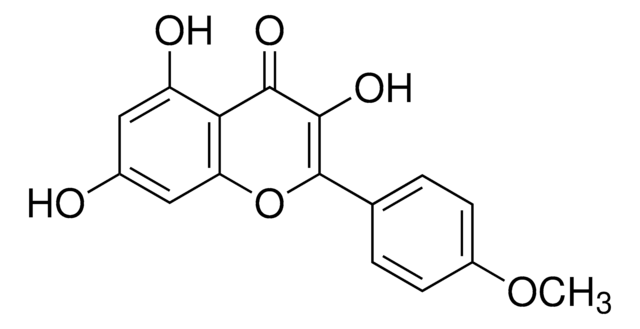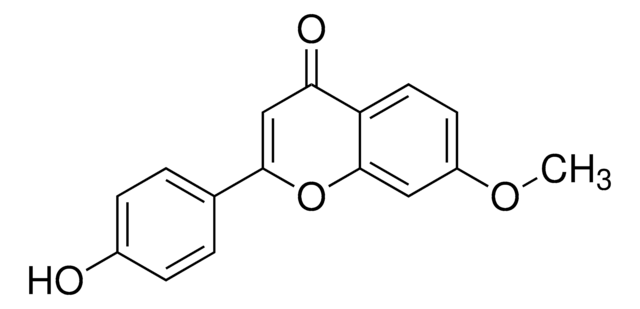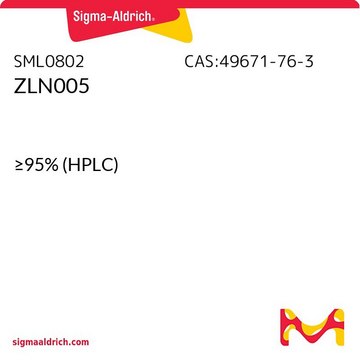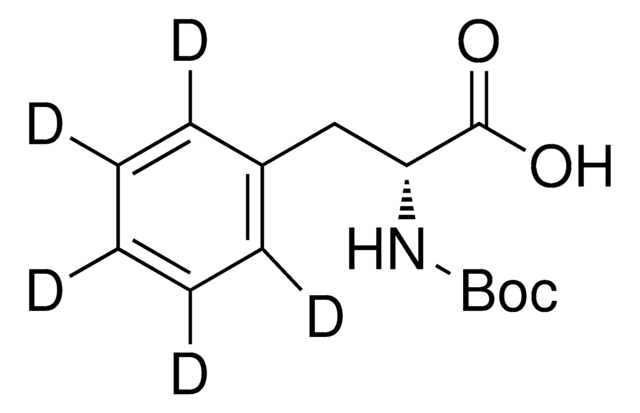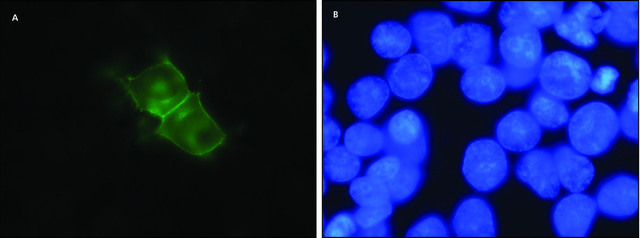K2139
K-252b solution
≥98% (HPLC), from Nonomuraea longicatena, ready-to-use solution
Sign Into View Organizational & Contract Pricing
All Photos(1)
About This Item
Empirical Formula (Hill Notation):
C26H19N3O5
CAS Number:
Molecular Weight:
453.45
MDL number:
UNSPSC Code:
12352200
PubChem Substance ID:
Recommended Products
biological source
Nonomuraea longicatena
Assay
≥98% (HPLC)
form
ready-to-use solution
concentration
1 mM in DMSO
shipped in
wet ice
storage temp.
−20°C
SMILES string
[H][C@]1(C[C@]2(O)C(O)=O)O[C@]2(C)N3C4=C(C=CC=C4)C5=C3C(N1C6=C7C=CC=C6)=C7C8=C5CNC8=O
InChI
1S/C26H19N3O5/c1-25-26(33,24(31)32)10-17(34-25)28-15-8-4-2-6-12(15)19-20-14(11-27-23(20)30)18-13-7-3-5-9-16(13)29(25)22(18)21(19)28/h2-9,17,33H,10-11H2,1H3,(H,27,30)(H,31,32)/t17-,25+,26+/m1/s1
InChI key
AMSOPBXQXSAAAC-PLZPTFKGSA-N
Biochem/physiol Actions
Non-selective protein kinase inhibitor; ecto-protein kinase inhibitor; PKC inhibitor
Storage Class Code
10 - Combustible liquids
WGK
WGK 1
Flash Point(F)
188.6 °F
Flash Point(C)
87 °C
Regulatory Information
新产品
Choose from one of the most recent versions:
Already Own This Product?
Find documentation for the products that you have recently purchased in the Document Library.
S Fujii et al.
Neuroscience, 113(3), 617-628 (2002-08-02)
The mechanism of ATP-induced long-term potentiation (LTP) was studied pharmacologically using guinea-pig hippocampal slices. LTP, induced in CA1 neurons by 10 min application of 10 microM ATP, was blocked by co-application of the N-methyl-D-aspartate (NMDA) receptor antagonist, D,L-2-amino-5-phosphonovalerate (5 or
Luis Cartuche et al.
Biomolecules, 10(4) (2020-04-30)
Chagas disease and leishmaniasis are neglected tropical diseases caused by kinetoplastid parasites of Trypanosoma and Leishmania genera that affect poor and remote populations in developing countries. These parasites share similar complex life cycles and modes of infection. It has been
Our team of scientists has experience in all areas of research including Life Science, Material Science, Chemical Synthesis, Chromatography, Analytical and many others.
Contact Technical Service